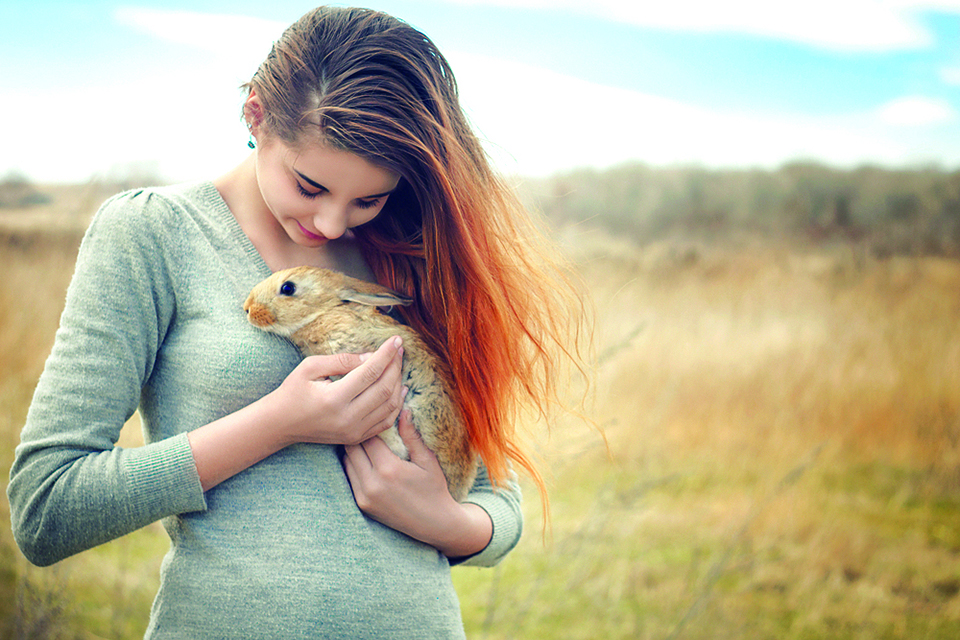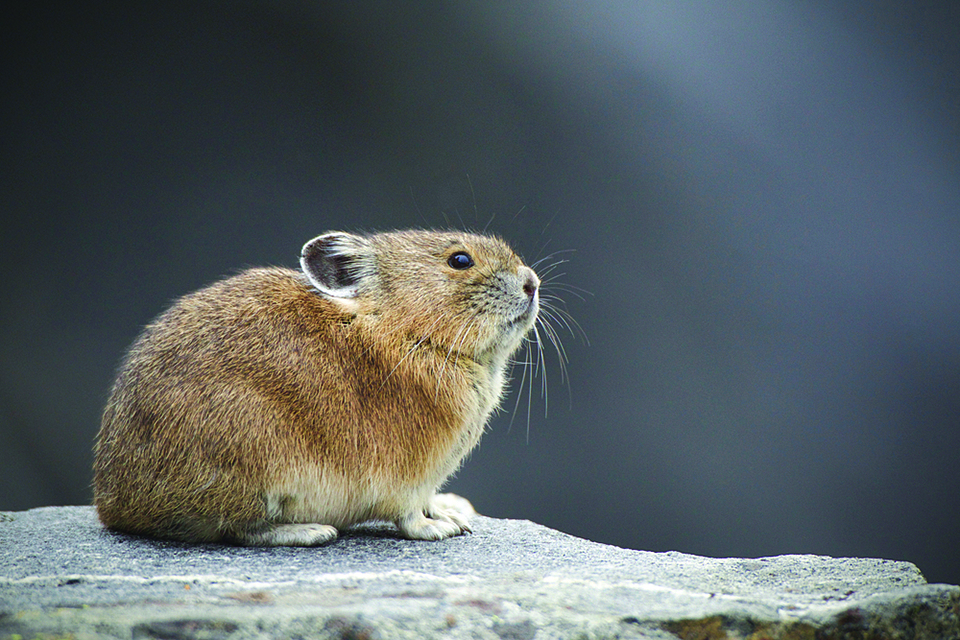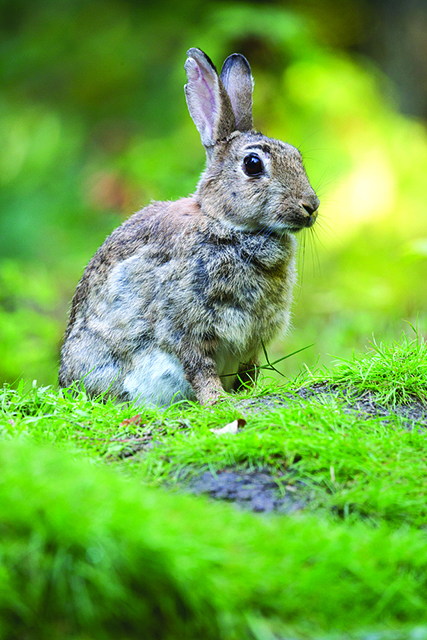RABBITS, HARES,AND PIKAS
Illustration by MIKE DE LEON

When we see little critters hopping around with their small button noses and long fluffy ears, we think of one animal: rabbits. These cuddly creatures have been mesmerizing people of all ages as characters in story books, cartoons, and as companion animals!
I’ve already lost count how many times my friends abroad sent me photos and videos of “wild rabbits” they saw in their area. However, one common mistake people usually make is calling all these creatures as rabbits, and who are we to blame? From Bugs Bunny to the Velveteen rabbit, we were never introduced to the cousins of the rabbit.
Here, we turn that mistake around by introducing the whole collection of these furry critters: the lagomorphs.
LAGO-WHAT?
Lagomorphs, contrary to the common misnomer, are not rodents. Although they do have an evolutionary relationship, they have major differences. Most notable of those differences are in their teeth, where lagomorphs have four incisors on their upper jaw while rodents only have two. Furthermore, lagomorphs are almost strictly plant eaters while rodents are omnivorous.
The order is split into two families and into more than 100 species that would take a whole book to discuss. So, for our purpose here, we’ll give you a grasp of the fundamentals of lagomorphs.
GIRL POWER
Something about lagomorphs that separates them from most mammals is that females of the order Lagomorpha are larger than their male counterparts.

PIKAS
Let’s start off with the one that’s probably the least known. Pikas, known in other places as Conies, are small, egg-shaped lagomorphs found in the mountainous areas of North America and Central Asia. These sole representatives of the Ochotonidae family have short, rounded ears, and their fur is soft and dense. Their appearance is far from what we are used to seeing in rabbits, which would explain why these creatures are mistaken for rodents.
The 37 species of pikas are classified into two groups: the rock dwellers and the burrowers. The rock dwellers normally live longer and have lower reproductive rates than their burrower cousins.

HARES
Hares or jackrabbits are the largest of the lagomorphs. Members of the Lepus genus under the Leporidae family, these animals are present in grasslands and deserts of almost all the continents.
Quite opposite to the pikas, hares have the exaggerated features of what we see in rabbits: larger hind legs, eyes, and ears. Hares use their larger bodies and great speed to escape predators, which separates them from other lagomorphs that usually burrow and hide when threatened.
These lagomorphs, with their 32 different species, are solitary animals and are less reproductive than their other lagomorph family members.

RABBITS
Finally, the most common of them all is the rabbit. Like the hare, the 33 species of rabbit share the Leporidae family name. Native to almost all the continents with grasslands and arid regions, rabbits have powerful hindlegs to explore and forage their surroundings.
Aside from the size difference, the main contrast between the rabbit and the hare is the way they are born. While hares are born fully active with a full coat of fur; rabbits are born naked and require parental care.
A HOP AWAY FROM BEING LOVED
In the wild, lagomorphs play an essential role in ecology. They eat a wide range of grasses and herbs, while being a fundamental prey for many carnivorous animals like snakes and eagles.
Lagomorphs have become tests subjects in cosmetics, causing a lot of controversy. As companion animals, however, these little creatures live better lives. Because they can be very playful babies, rabbit parents should give them lots of room to hop around!






